Though my preferences and history trend towards solo-travel, I cannot do everything on my own. The week prior to Thanksgiving, I had the opportunity to attend the REMIX CAPITALISM tour hosted by Bravely Go’s founder Kara Perez in the beautiful country of Cuba. This tour was jam-packed with enough information, sights, and conversations for a whole saga, but I will condense down to two posts. This post is about the more touristy parts of my trip.
Looking for the economic parts of my Cuban trip? Check out Cuba part two.
.
First impressions
Maybe it’s because Cuba reminds me of Brazil, maybe it’s just Latin America, but I felt a sense of calm when I landed in Havana. Latin America has also always felt inviting as well since I look vaguely Afro-Latina. People have mistaken me for a native of Brazil, Colombia, and Cuba, which is such a welcome change from visiting other parts of the world.
There is a pervasive image of Cuba in the media as being “stuck in time.” It most certainly is not, but it definitely felt like they were in a parallel timeline that diverged in the 50s. Select Cubans have maintained some informational access with the “outside world”, but the blockade materially affected how the information was used. It’s not necessarily older, just different. It has also forced an incomparable resourcefulness in Cubans, that I’ll get into later.
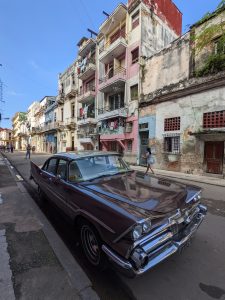
.
Art that is…fine
If I’m being honest, art is something that I don’t really understand. It brings me joy but I hold no vested interest in the art world. I can see the high-skills and effort put into art though, and for that artists have so much of my respect. This is why I will keep art takes limited and simple.
One of the best ways to see the spirit of a city is in the street art. Havana has an immense amount of art, especially for a city under a blockade. The styles and subject reflect the mixture of cultures in Cuba, and it absolutely warmed my heart to see art still praising leftist beliefs. I saw pieces that were nuanced and targeted, as well as more broad propaganda.
My issue with the art in many museums is that to my untrained eye, the pieces seem repetitive and easily replicable in museums across Europe and the US. This was not the case for the National Museum of Fine Art. In addition to a variety of styles depicted in the imagery, I also got to see mediums that I hadn’t seen much of before. Different pieces used wood and repurposed materials in different ways. The museum was well-designed and cheap coming from the US. ($1.20 for foreigners.) While art is definitely an activity primarily accessible by the elite of Cuba, the art itself did not feel elite.
.
Kicking off the day with salsa
Dancing has never been one of my main hobbies, but growing up in a house of dancers I did pick up a thing or two. At the very least, I can stay on beat. While that was definitely the bulk of the class, we also learned a thing or two about the history of salsa.
Salsa is named for the mix of dances that make up its components, much like how a salsa is a mix of produce. The rumba, mambo, and cha cha cha are some of the many dances you can involve in your salsa. We even did a salsa-fied Thriller dance that was ridiculously fast-paced! One thing I noticed is that salsa lessons in the US and Cuba start on different feet. US lessons always started on the right, and the Cubans started theirs on the left. We’re opposites on the dance floor AND the political spectrum.
Kiona (coordinator for this trip) requested the tallest and best looking dance partners/professors and the school delivered. I am also proud to say that my salsa teacher/partner said that I was above a beginner level. It was a very sweaty and enjoyable experience all around.
.
Fashioning under rationing
After sweating through our clothes we got to learn about fashion in Cuba! Note: fashion is another area that’s above my understanding. I dress for function over style. That said, one thing I was loving was the emphasis on sustainability by the designers! Reusing and recycling should be second nature to us all, but it’s also a necessity in Cuba due to the struggle of importing fabrics.
One shop named Barbara’s Power was especially notable for their repurposing. Barbara was the matriarch for this Afro-Cuban family. All clothes were one-of-a-kind and made by the descendants of Barbara herself! Many items took old denim/fabrics and gave them new life by adding African prints and modernizing their designs. This shop is the only Black-owned clothing shop in Cuba*.
While we were in another shop called Clandestina, I noticed that they listed different prices for foreigners vs Cubans, which I personally loved. These clothes were still cheaper than anything comparable in the United States with the added benefits of being handmade and enriching a people the US government is actively screwing. For example, one tote bag was 3700 pesos, which would be around $12, but the USD price was $25.
* This could be me misremembering an introduction from our tour guide. There is definitely only one black restaurant owner on the island that we did not have the opportunity to meet.
.
Afrocubanism and Santeria
Whlie Cuba is not a particularly religious country, it is a country of believers. The biggest religion is Santeria, which is an Afro-Cuban religion that sits somewhere between the Yoruba religion, Catholicism, and Spiritism. Some debate whether or not Santeria is a sect of Christianity, but many of the Cubans we talked to seemed to identify in that family.
Santeria, like Candomble in Brazil, centers around orishas. These orishas originate in the Yoruba religion but also have saint equivalents in Catholicism. African slaves used the saints to essentially hide their beliefs in plain sight. Cubans have their “mother and father” orishas that hold some connection and insights into their lives. This can include information ranging from relationships to diet choices. Our guide for example was recommended to avoid foods with pumpkin, and so she had alternatives when it was offered at one of our lunches.
Part of Cubans initiation into the religion is wearing all white for a full year. Our guide (also a believer) mentioned that if we saw someone in all white on the streets, they were likely doing their cleansing. There is no set age to do this, but it often follows some significant event in life. People often turn to religion in tumultuous times, and Cubans are no different.
.
Life in the countryside
After a whirlwind of events in Havana, we headed out to Viñales. Though the name refers to wine, the village is much more famous for cigars and tobacco. The name comes from the Spanish’s attempt at establishing wineries, but alas the grapes were small and bitter. Instead of competing in the crowded wine space, they instead dominate the world of cigars.
A lovely team of horses took our group through the Cuban countryside and up to the farm where they grow and produce coffee, honey, rum, and cigars. The bugs bit us up, but the cigars and mojitos took us all down into a relaxed headspace. I had never had a cigar before that day, but I’ll be damned if I didn’t feel in my element. It was good. Even the bug bites couldn’t keep me down (but I do recommend good bug spray.)
.
Our last day started with a magnificent sunrise hike. Hiking has been a hobby of mine for years, so I’ll be honest in saying that it was beautiful but not a unique experience. Except for the fact that it was in Cuba, I would say that I’ve done very similar hikes before. That said, I have not yet encountered such a sunrise hike in which I also overlook such dense fog. It definitely made for a cool backdrop.
Most of our tour group did another horseback ride to a cave, but I decided to rest and get my life together back in the homestay. If cavepools are your thing, it definitely sounds like something fun to do! I wanted to go on the ‘second longest zip-line after Costa Rica,’ but alas it was closed for three weeks. When I return though, prepare to see me zipping across the Cuban countryside.
.
Closing thoughts
Coming into Cuba, my mind was a blank slate. Misconceptions are second nature to me as an African immigrant in the US. Getting a complete picture from such a short trip is nearly impossible, but there’s also quite a bit of media out there on life in Cuba:
- Cuba and the Cameraman [2017] – documentary
- Executive Action: 634 Ways to Kill Fidel Castro (Secret War) by Fabián Escalante
- Back Channel to Cuba: The Hidden History of Negotiations between Washington and Havana by William M. LeoGrande and Peter Kornbluh
While Cuba is blocked from the world stage, it still shares many qualities with other Latin American countries. Cuba’s history with inequality, integration, and art are not unique, but no other country has dealt with it in the same way for so long. There is definitely a distinctive Cuban spirit, and I hope one day you can see it for yourself!
.
Other tips and recommendations for Cuba
- Havana has a free walking tour that ranks in the top 3 I’ve taken worldwide [tips encouraged, especially in USD/EUR]
- Many places do not have tissues or toilet paper. It’s not the worst idea to bring a roll as back up
- Small USD/EUR bills are usable in the city BUT citizens cannot exchange them at the bank
- Treat internet as inaccessible. Download maps/tv/everything beforehand
- Tours are definitely the best way to maximize your time due to the low connectivity and unique ways of navigation
- Currency is often in flux in Cuba, both in exchange rate and also the actual currency itself [see part two for more info on that]
- Complete the QR code before getting to the airport [subject to change]
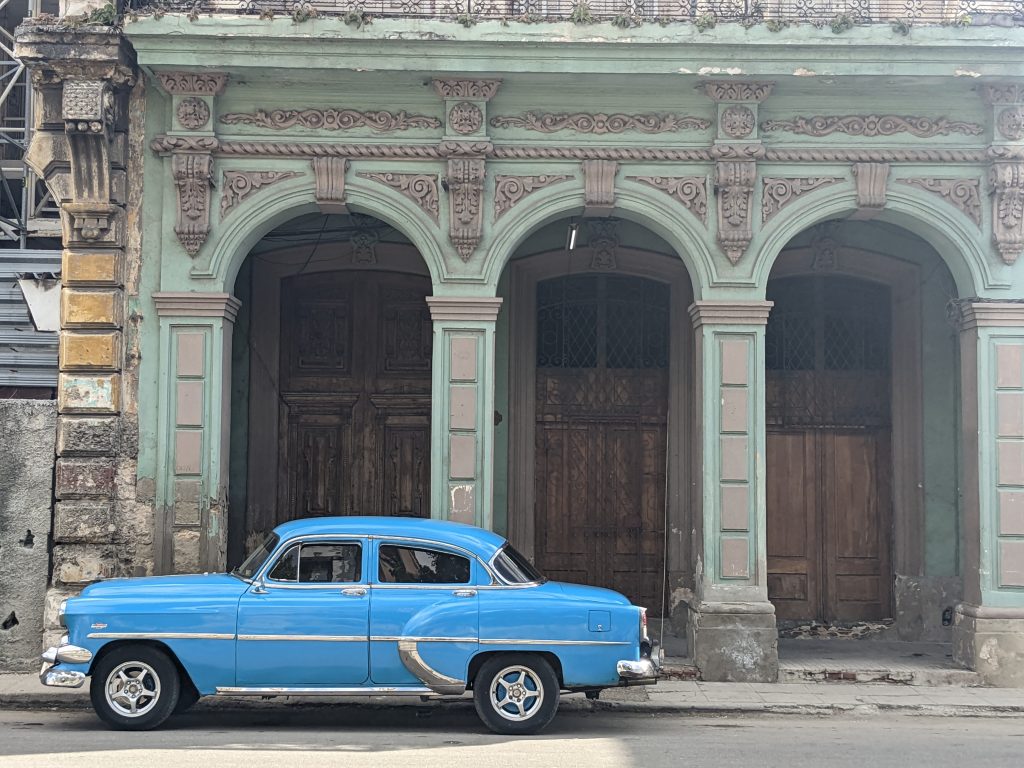
.

![A panorama of Havana [Cuba part 1]](https://selam.fyi/wp-content/uploads/sites/2/2022/12/PXL_20221118_224641058.MP_-scaled-e1669876424794.jpg)
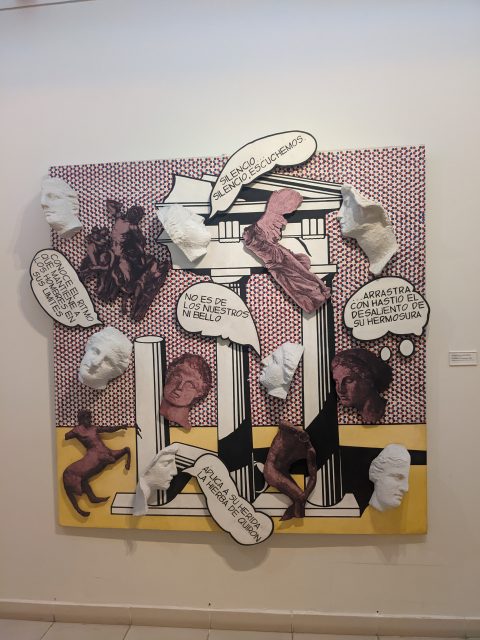
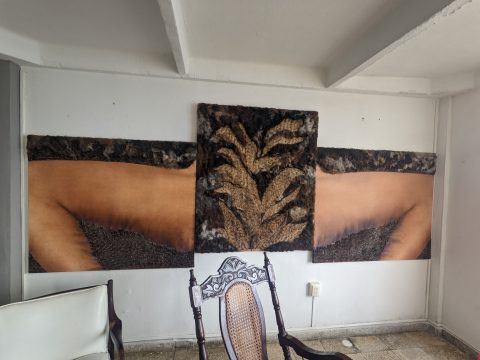
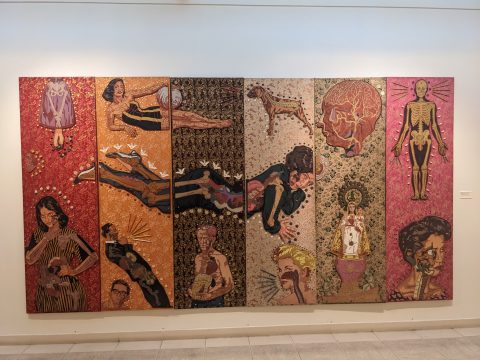
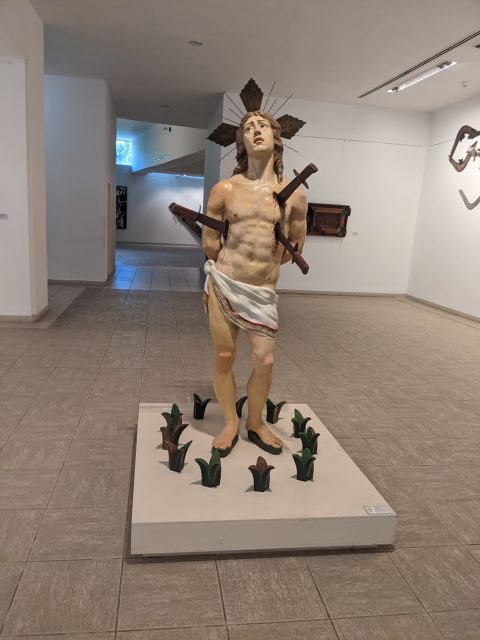
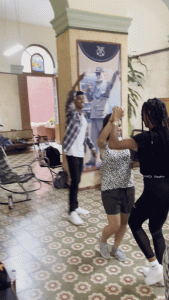
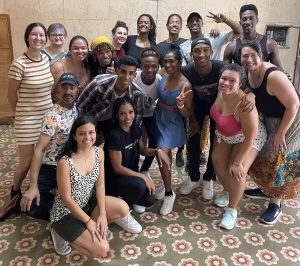
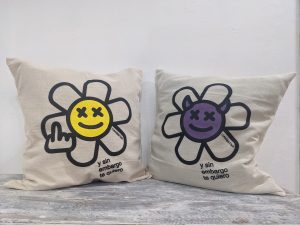
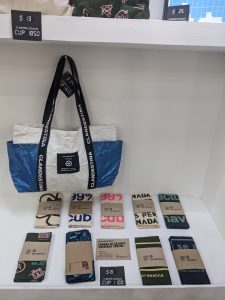
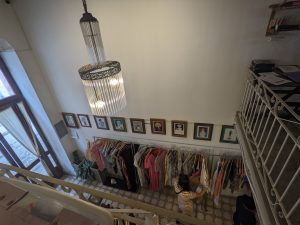
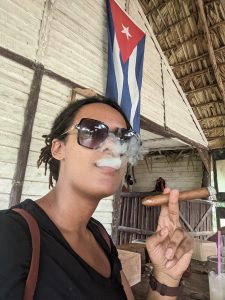
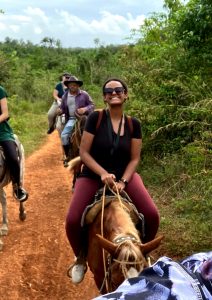
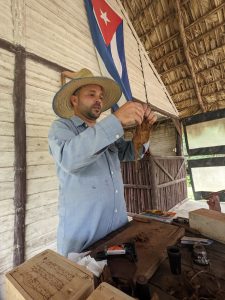
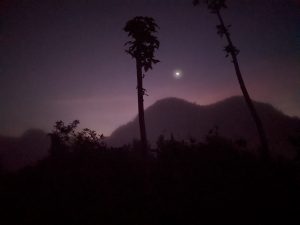
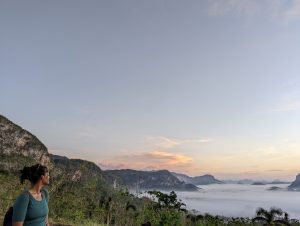

One thought on “0”